Beware Of The GT Knot (Don’t Make This Mistake!)
- By: Luke Simonds
- on
- Found In: Fishing Tips, Fishing Knots, WEEKLY NEWSLETTER: 9-27-20
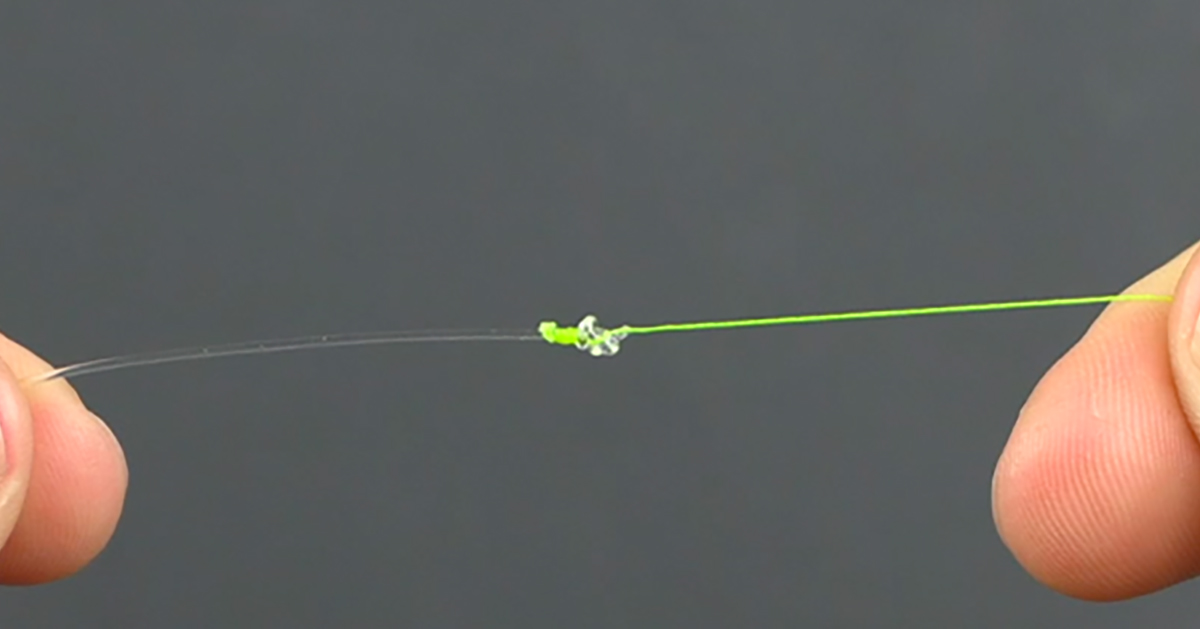
We’ve been getting tons of emails about the GT knot and my overall synopsis is… beware of the GT knot!
There’s a lot of misinformation about it, including how strong it is and even how to tie it!
Since the knot is one of the few things you can control when you’re fishing, this is a really important topic so I made this video to show you what’s really going on with this knot.
Learn the truth about the GT knot in the video below.
P.S. You’ll also learn what to knot to tie instead so you have a much smaller chance of losing fish because of your knot!
The Truth About The GT Knot [VIDEO]

The problem with the GT knot is that there are a variety of totally different knots shown online that are all listed as the “GT Knot”…
Many of which reference a knot contest in which the actual GT knot while then showing a tutorial on how to tie a totally different knot that’s incorrectly called the GT.
In fact, the most popular videos in YouTube that come up when searching for the “GT Knot” aren’t actually showing the true version of the knot.
They’re tying a much weaker knot, so those videos are misleading.
The real GT knot from the study includes a bimini twist, but none of those videos do.
When I tied one of those false GT knots and tested it against the FG knot, it was 80% weaker than the FG knot!
So watch out for those videos claiming the GT knot is the strongest.
And here’s another thing: the knot contest mentioned above where the GT Knot was the winner was with 50 lb braid and 80 lb mono.
Their lighter line division with 15 lb braid and 30 lb leader did not have the GT Knot in the top 20.
And when I tied the exact same knot with 10 lb braid and 20 lb mono, it slipped right out both times.
So if you’re inshore fishing with light line, I would stay away from the GT knot and go with the FG knot.
Conclusion
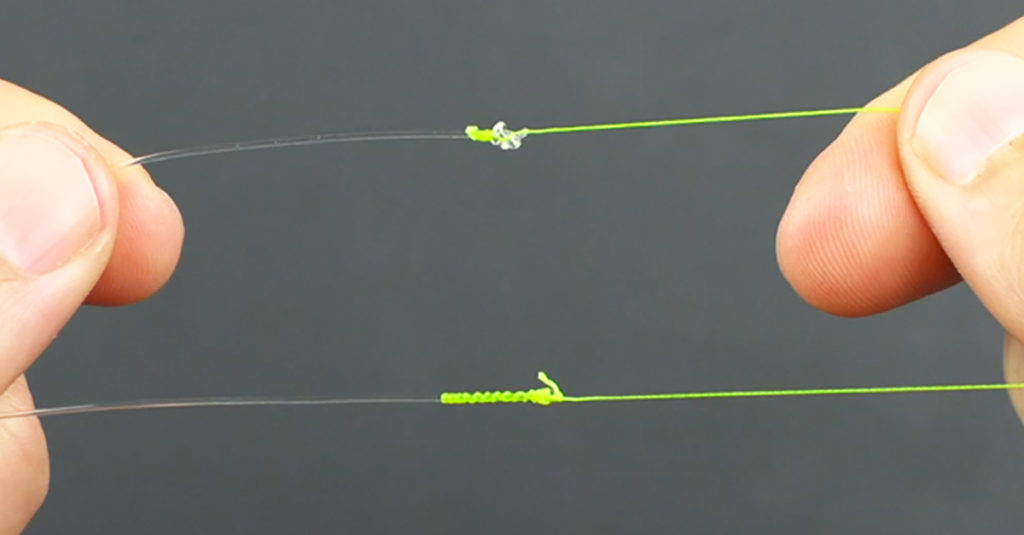
Beware of the GT knot!
There’s a lot of misinformation about the GT knot and some of the videos out there aren’t even showing how to tie a real GT knot.
When I tested one of the knots in those videos it was much weaker than the FG knot, so if you’re looking for a strong line to leader knot, I definitely recommend sticking with the tried and true FG knot.
Have any questions about the GT knot?
Have you tried it?
Let me know down in the comments!
And if you know someone who ties the GT knot, please TAG or SHARE this with them!
P.S. Want access to our best fishing spots and tips, plus discounts to our online tackle store? Click here to join us in the Insider Club!
Related articles:
Related categories:
STOP WASTING TIME ON THE WATER!
Do what the “SMART ANGLERS” are doing and join the Insider Club.
Here’s what you’ll receive today when you join:
- Weekly fishing reports and TRENDS revealing exactly where you should fish every trip
- Weekly “spot dissection” videos that walk you through all the best spots in your area
- Exclusive fishing tips from the PROS you can’t find anywhere else
- Everything you need to start catching fish more consistently (regardless if you fish out of a boat, kayak, or land).




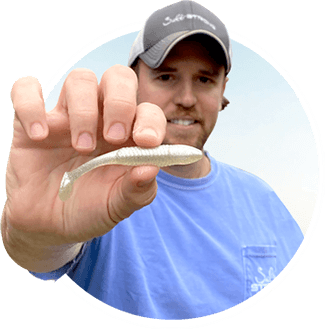
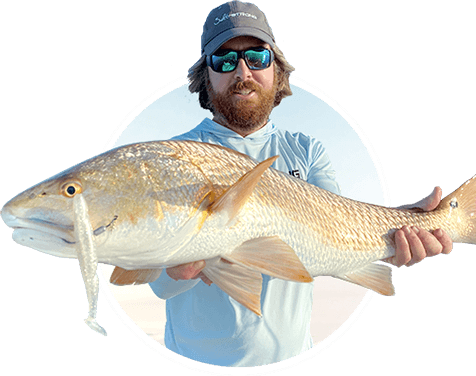

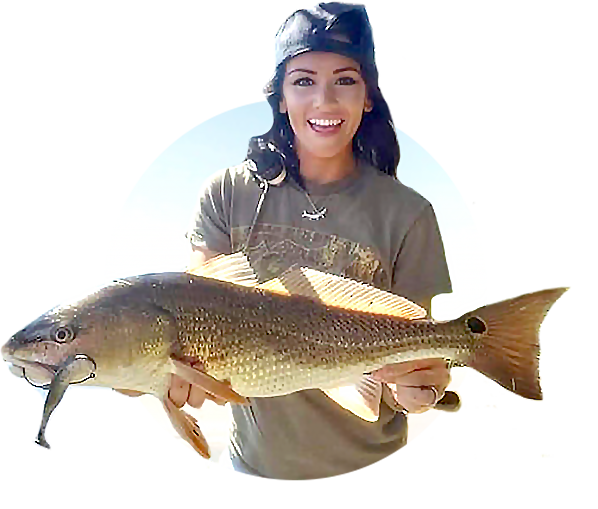
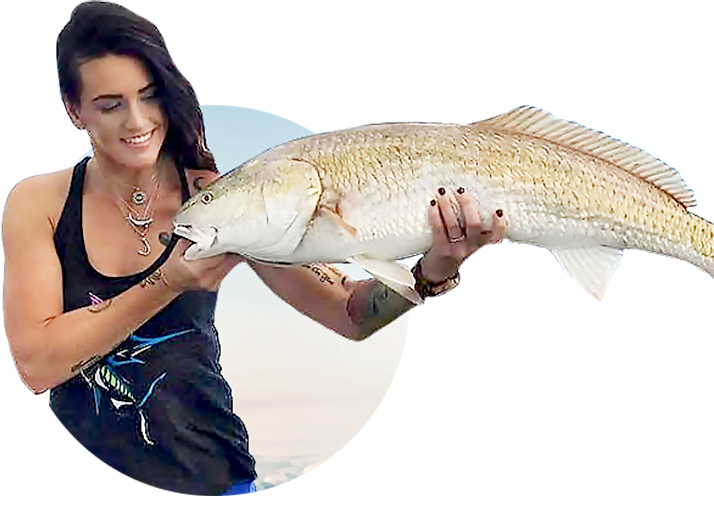

It’s like your favorite knot (FG) is a family member or something you refuse to say is not the best!
The IFGA tests proved that the GT knot is the strongest knot for Braid 50lb or heavier with a Bimini tied to heavy 80 lb and above mono. Offshore guys who troll or live bait for bigger fish all use 50lb or heavier braid and 80lb or higher mono top shot/leader. Bottom fishing guys going for big bottom fish also use heavy braid and heavy mono leader.
Exception for an offshore guys would be somebody who is kite fishing or free lining live bait for sailfish or casting to small Mahi-Mahi or catching small bottom fish like yellowtail and other snappers. Those situations all use lighter lines and would be better off with an FG braid to mono knot.
Each knot has it’s proper application. Neither is perfect for all situations. Unless the GT with Bimini in light lines works as well as with heavy lines????? That’s easy to test.
This video stated that the GT knot won the heavy line contest, so I’m not sure why you feel like I am biased towards the FG knot?
The main point of the video is that the “GT Knot” video that people kept sending in to me for testing against the FG was not the same knot that won the IGFA contest… the GT Knot that won the IGFA contest for 50lb+ lines requires a Bimini Twist that that it can be tied with the Bimini loop while the “GT Knot” video that went viral was a more simple knot one a single line that was not good for braid of any size.
Thank you for this video! I was definitely one of the ones that got caught up in the misinformation!
Hi,
Can you test the Red Phillips Knot? It’s very easy to tie, very strong, and very small. It’s my preferred shock leader knot. Take a look at it here: https://www.fish-hawk.net/viewtopic.php?p=377556#p377556
The image there says “spectra”, but i use it with mono to mono in surfcasting, and it has worked very well.
Regards
Based on how it’s designed, it’ll have a similar strength compared to the double uni knot… my assumption is that it’ll be slightly weaker than the double uni because the coils of the leader over the braid on the leader side of the double uni helps absorb some of the tension load. Since the Red Phillips relies on the overhand knot for the stopper, the braid line doesn’t have as much protection compared to the d-uni.
You guys are funny in how many knots you use for your fishing I use 3 knots and they never fail me in that they catch fish #1 the loop knot for all my plastic baits #2 the Palomar for my baits that need a snug fitting knot and #3 the improved Albright very easy and fast to tie for my leader to line connections why bother with a bunch of knots are you a navy boatswains mate or an angler? Me I do what works and what’s fast and simple but hey maybe that’s the new millennium way well not for me but again I’m not you thanks for the info
Using good knots like the ones you mentioned with a properly set drag will ensure that you won’t lose any fish due to how hard it pulls.
The times when using a great knot comes into play are (1) when in need of stopping a big fish from getting into structure and (2) when stuck on some underwater structure and forced to power the lure out.
I fish a lot of structure, so both of those situations come into play pretty often which is why I’m always looking for the strongest possible knots.
From the testing done so far, I’ve increased my overall pulling power by over 30% without changing any lines (just 1 knot change… switch from double uni to FG for the braid to leader connection).
It takes about 20 seconds longer for me to tie, but I believe it’s well worth it for the type of fishing that I do.
If you’re not losing fish or lures due to getting hung up in structure, then you have no reason to make any changes.
Straight fluoro with a Palomar knot and KVD HAS 6.5 million reasons why
That can certainly work too… much of it is due to personal preference and the type of fishing that a fisherman is doing.
KVD is targeting bass mostly in deeper water which is where the fluoro shines given its sink rate.
Us inshore saltwater fishermen are often fishing in less than 3 ft of water where the fish are spooky and we need the braid to enable max distance casts with line that does not sink fast.
Cool! What types of areas do you fish most where you prefer the fluoro over braid? Also, are you using spinning or bait casting reels?
Use spinning reel’s fish in the panhandle in anywhere from 3 to 12 foot of water On the flats mostly use nothing but artificial strike rate is much higher and sensitivity is greater using straight Fluorocarbon It does what I needed to do for me and handles better in the wind And provides a one knot rigging scheme Which provides one last potential point of failure
I fish in the Panhandle of Florida The majority is flats fishing in water of 3 to 12 feet the reasons I use straight Fluorocarbon It is much more sensitive than super line tied to a leader It handles in the wind better And provides a one knot rigging scheme Rather than having the two which equals faster rigging and one less potential point of failure would be great for you to do a test on the water with both would love to see it thanks for your time Luke
Thank you for clearing this up.
My pleasure! Thanks for making time to leave the comment Billy.